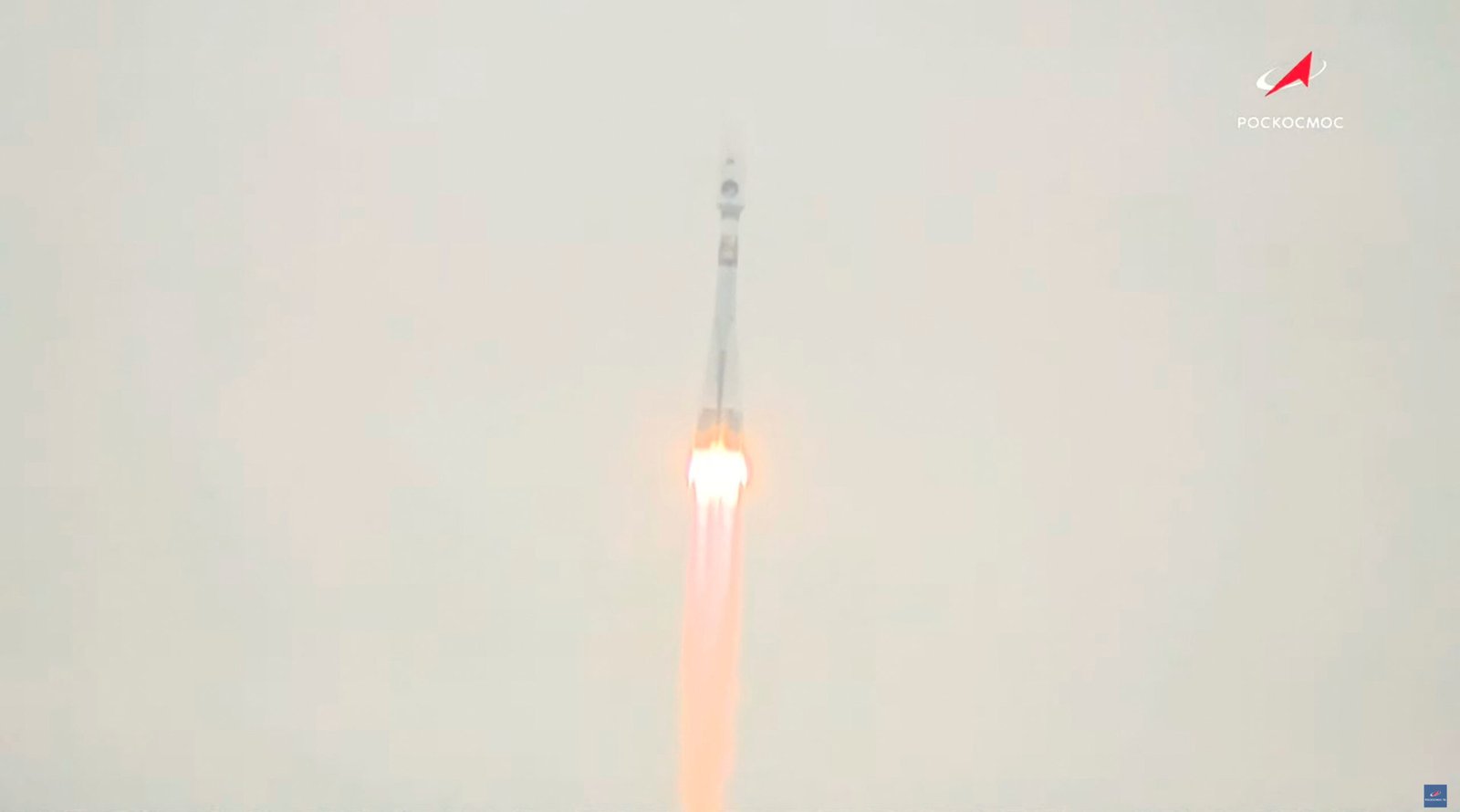
Luna-25 Lunar Mission: Russia’s Return and Global Competition
Russia’s renewed lunar exploration, highlighted by the Luna-25 spacecraft launch, sparks intense competition with major players – China, the US, and India. They’re focused on advanced lunar programs, targeting the south pole. Russia’s last lunar mission was in 1976; now, Luna-25 launches from Vostochny cosmodrome using Soyuz 2.1v rocket.
Launch and Arrival Timeline
Luna-25, launched from Vostochny cosmodrome 3,450 miles east of Moscow, took off at 2:11 a.m. Moscow time on Friday (1111 GMT Thursday). An upper rocket stage maneuvered the lander out of Earth’s orbit, heading for the moon. Discrepancies in landing date arise – Roscosmos predicted Aug 23; Yuri Borisov, Russia’s space chief, mentioned Aug 21.
Mission Goals and Lunar Study
Luna-25, car-sized, plans a year’s activity on the moon’s south pole. NASA found water ice in shadowed craters there. Crucial for Russia, navigating Ukraine-triggered Western sanctions. Luna-25 showcases resilience against sanctions affecting Moscow’s aerospace.
Geopolitics and Space Autonomy
Russia’s lunar mission carries wider geopolitical impact post-Ukraine invasion. Space ties severed, barring ISS role. Luna-25 proves Russia’s lunar intent and tests growing space independence.
Global Competition and Impact
Amidst fierce rivalry with China, US, and India, Luna-25’s journey captivates the space community. Successful precise lunar landing and findings can reshape each nation’s space path, elevating lunar exploration.

